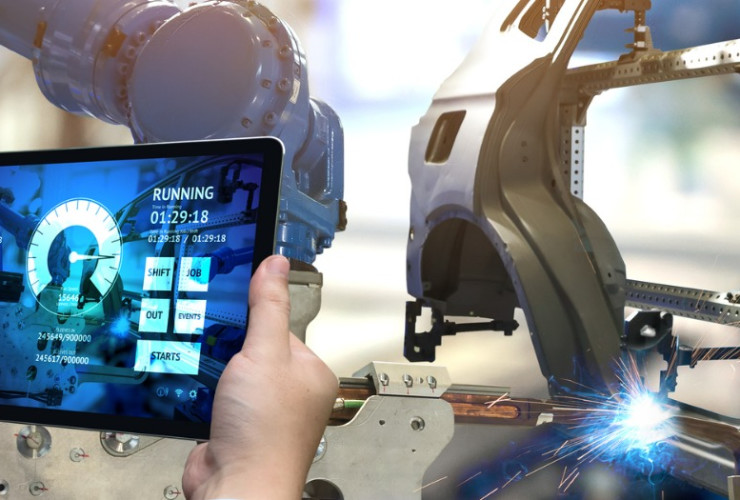New robots constantly enter the market while becoming still easer to program. This, in combination with falling prices, leads more and more companies to buying, installing, and programming robots themselves.
If one’s employees have the knowledge and experience required to rise to the challenge, this can be a good way of implementing the robot solution. However, there are a range of considerations to be done before taking on the job of becoming your own robot integrator.
Here are some of the most important ones:
Employee hours
When introducing a robot, it’s important to allocate hours to all employees involved in the process that is to be automated. This applies to employees with technical knowledge of the process as well as future operators of the robot.
If one is responsible for integrating the robot him/herself, still more things need to be taken care of: Project management, mechanical construction, programming, commissioning, troubleshooting, maintenance etc.
If internal resources are employed for these tasks, one should include the hourly rates as part of the total robot investment.
Sturdiness
It’s important to determine the requirements one has for the sturdiness of the robot. This often depends on how big a role said robot will play in the production.
One might place the robot as part of a chain of processes all running at a fixed cycle time. Then, If the robot suddenly stops, this can be devastating for the entire production. In such a case, it might be assuring that an external integrator is the one responsible for getting the robot back on its feet as fast as possible.
On the other hand, if the solution in question is relatively simple, it might be an advantage to have it fixed immediately by the very employees who installed it.
Safety
The person who joins together a robot arm with, say, a gripper, and who sets these up for some specific task, automatically becomes the manufacturer of the entire solution.
As a manufacturer, one is obliged to make sure that the solution satisfies the demands specified by the EU harmonized standards. This entails, among other things, that one works out the risk assessment and the operating instructions, as these are necessary for the solution to be CE-certified.
It’s not enough that both the robot arm and the gripper be CE-certified at the time they’re bought. The combined solution itself must be CE-certified. This takes time or costs money.
Overall expenses
At first, when one buys a robot, a catcher, shielding, and other parts for the robot solution him/herself, the overall expenses are un-known.
One should be careful expenses don’t run wild as the solution is integrated. Therefore, one needs to draw up a realistic budget for the whole solution at the beginning.
All in all: There are many unknowns in a DIY-robot project. For this reason, it might be a good idea to discuss it with people who have experience from similar projects first.










